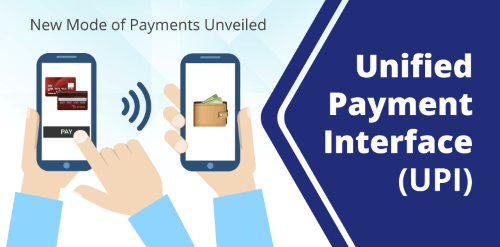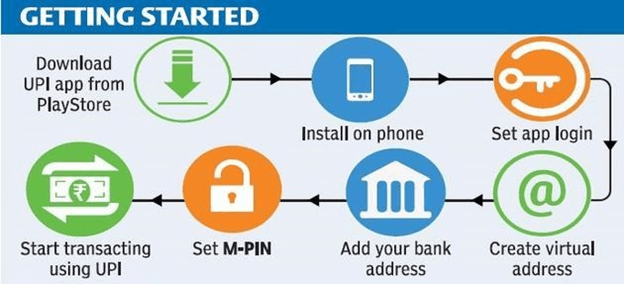UPI Full Form | What is Unified Payment Interface
What is the full form of UPI
UPI: Unified Payment Interface

UPI stands for Unified Payment Interface (UPI). It is a smartphone application or a payment system that enables users to transfer money between bank accounts using mobile phones. It is developed by the National Payments Corporation of India (NPCI), and in coordination with the Reserve Bank of India (RBI) and Indian Banks Association (IBA), NPCI established its framework. It is regulated by RBI and India's central bank.
The UPI was introduced in January 2016 and adopted by only a few banks in the beginning, but later after realizing its potential many banks have tied up with NPCI to offer UPI services to their customers, and many banks launched their own versions of the UPI app. Today, every bank has a UPI application as well as there are many payment apps that allow you to make simple, easy, and quick transactions using Unified Payments Interface (UPI) such as Google Pay. According to NPCI reports, as of February 2019, 134 banks were using, UPI and around 300 billion was transferred through UPI in this month.
Benefits of UPI:
It offers a safe, secure, easy, and quick mode of transferring money, paying bills, paying for shopping and more. It allows you to transfer money directly from your bank account to directly into the bank account of a person.
The transactions through UPI does not require the user to enter bank details and other sensitive information every time he or she initiates a transaction.
Just like your email id, you get a UPI ID after registering with a payment app. This ID can be taken as your financial address that enables you to transfer and receive funds instantly throughout the day even on weekend or on holidays. Like your bank account, it is unique for every person, two or more individuals cannot have the same UPI. You can link all of your bank accounts to one app.
How UPI Works / How to Use UPI:

Download the UPI app of your bank from the play store. Open the app and follow the instruction one by one, such as provide your name, address, email id, and bank details and other information. You will be asked to verify your phone number, which is connected to your bank account. This number should be active and its sim card should be in the phone which you are using for registration. During the registration process, you are also required to set your login password, virtual address, and m-pin. So, sending money through UPI involves two-step verification; first login password then m pin.
After completing the registration for UPI, you can open the app using the login password set by you. To send money, you will need the UPI i.d (virtual id) of the recipient, and you have to use your m-pin to complete this transaction. This application also allows you to send money even If you don?t have the UPI i.d of the recipient for that you will need the bank account details of the recipient like bank name, account no., and ifsc code.
If your bank is not offering any UPI application, you can use other bank's UPI, but in this case, your UPI i.d will not have your bank name as the extension. If you want your bank name at the extension, use the UPI app of your bank. The UPI interface is compatible with most banks and many digital wallets and payment applications are opting UPI. Some of the popular UPI apps are Paytm, PhonePe, Google Pay, etc. The charges for using UPI is Rs. 0.50 per transaction. It appears as IMPS transaction on your bank statement.